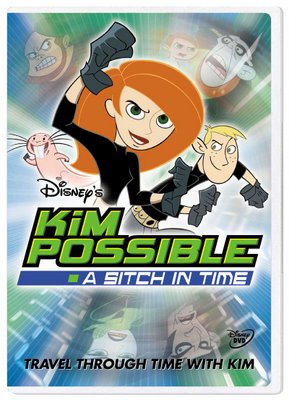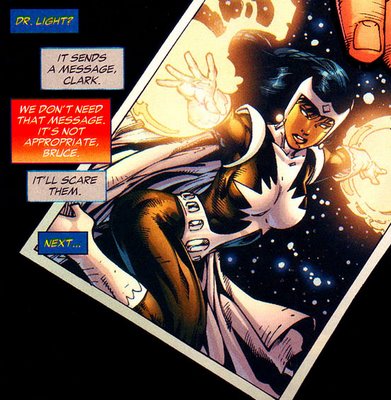Showcase Presents: Batman vol. 1I'm a big fan of wacky silver age goodness, so I was disappointed to find that this volume dates from 1964 instead of 1957 like the Superman & Superman Family volumes. The back cover blurb refers to the TV show, and I have to wonder if tying it in to a forty year old TV show is enough to make up for this bunch of lacklustre adventures.
I believe this collects stories from the period where Julius Schwartz took control as editor. The accepted wisdom is that he saved Batman from cancellation by throwing out all the weird and colourful elements and bringing it back to Batman the detective, but what we find here are stories that are dull to look at, feature a succession of drab, forgetable villains, and the "detective" elements are either so supremely obvious it hardly counts as detection to spot them or so ridiculously convoluted that it's hard to believe anyone would have either got them or set them up in the first place.
There's the kidnapped scientist whose kidnappers allow him to do a spot of shopping at the chemical supply store, so he buys a series of items which, when you take the chemical names of each form letters that spell out a clue to his location. There's the zappy thing that a villain uses to electrocute Batman, and when our hero wonders why he should have used this particular item it occurs to him that it might also be a remote control to open a trap door. That's not deduction, it's wild speculation that happens to be correct because it fits the script.
And for a series that is focussing on more down-to-earth detective and police related adventures, you'd think there might be some effort to get the police aspects of it vaguely believable. Or perhaps it is just the regulations local to Gotham City that enable a graduating police cadet to be promoted straight to detective level without any experience, and for her to then be partnered with her own father. Or maybe it's just nepotism and he pulled some strings. Certainly she is competent when she's not crushing on Bruce Wayne; she spots clues about villains clothing "because she's a woman" that Batman misses, and gets to their hideout before he does. Of course she then has to be rescued, but you can't have anyone upstaging the star, now can you?
Another Schwartz element that seems to be present here is where he would commission covers and then have the writer produce a story based on that cover. It's an interesting exercise, but he doesn't seem to have cared how the resulting story incorporates that element. Often the featured scene has little to do with the plot and just seems incongrous in context.
Possibly the most interesting thing to a modern reader is how much influence the editor had over the style of a comic at this time. Nowadays you are often left wondering whether the editor even reads the comics they are in charge of - they certainly aren't checking continuity or ensuring that characters behave and look the same as they do in other titles. They hardly even seem to be up to ensuring their titles are delivered on time. In this volume every story has the mark of Julius Schwartz all over it.
In fact, now I think about it I have to wonder how much of this dull change of direction saved Batman, and how much it was the TV show that revitalised sales of the comics. Although the show was created during this period, it features all the wacky stuff that Schwartz had removed, and even forced him to resurrect Alfred, who he had killed off. I don't intend to knock Schwartz as an editor, as I like a lot of the stuff he oversaw on other titles, but I fear his reputation on this title is misplaced.

